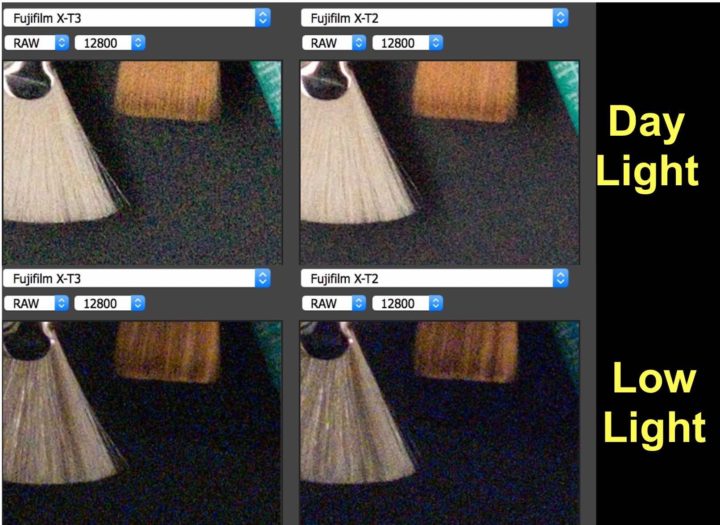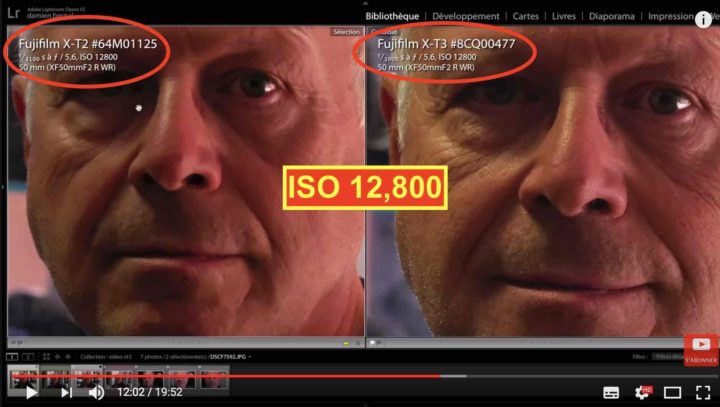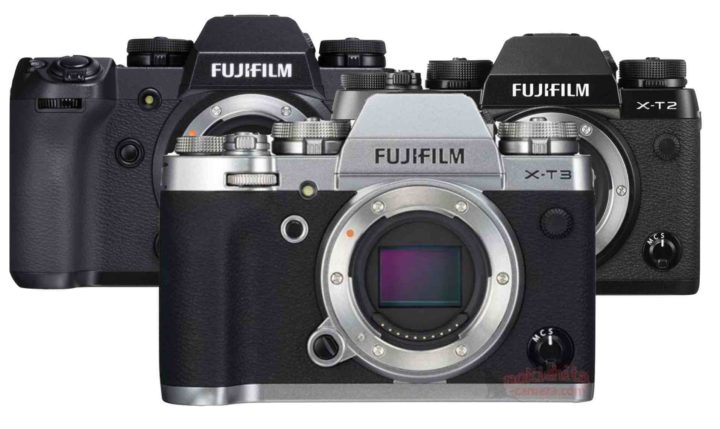DPReview adds Fujifilm X-T3 to their Studio Lab Test Comparison

Fujifilm X-T3
DPReview just added the Fujifilm X-T3 to their studio lab test images. Happy pixel peeping here.
I will more in-depth pixel peeping later on, but I’d say that overall details look better on X-T3 at very high ISO. Noise, though, looks better on the X-T2. However, results vary a lot depending on which part of the image you analyze.
Also, I have not seen any official Fujifilm X-T3 support by Adobe yet. Maybe DPReivew got early access to a not yet 100% final version? UPDATE: Tony Northrup told us in the comments, that the latest LR 8.0 beta supports the X-T3.
I am curious to see what you guys think, and I am sure the comment section will be very vivid :).
Fujifilm X-T3: BHphoto, AmazonUS, Adorama, Focuscamera
News, Rumors and Community: Fujifilm X-T facebook group / Fujifilm X-T facebook page
Join FujiRumors: Facebook, Instagram, RSS-feed and Twitter



